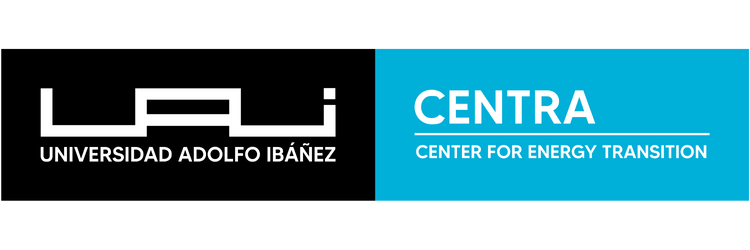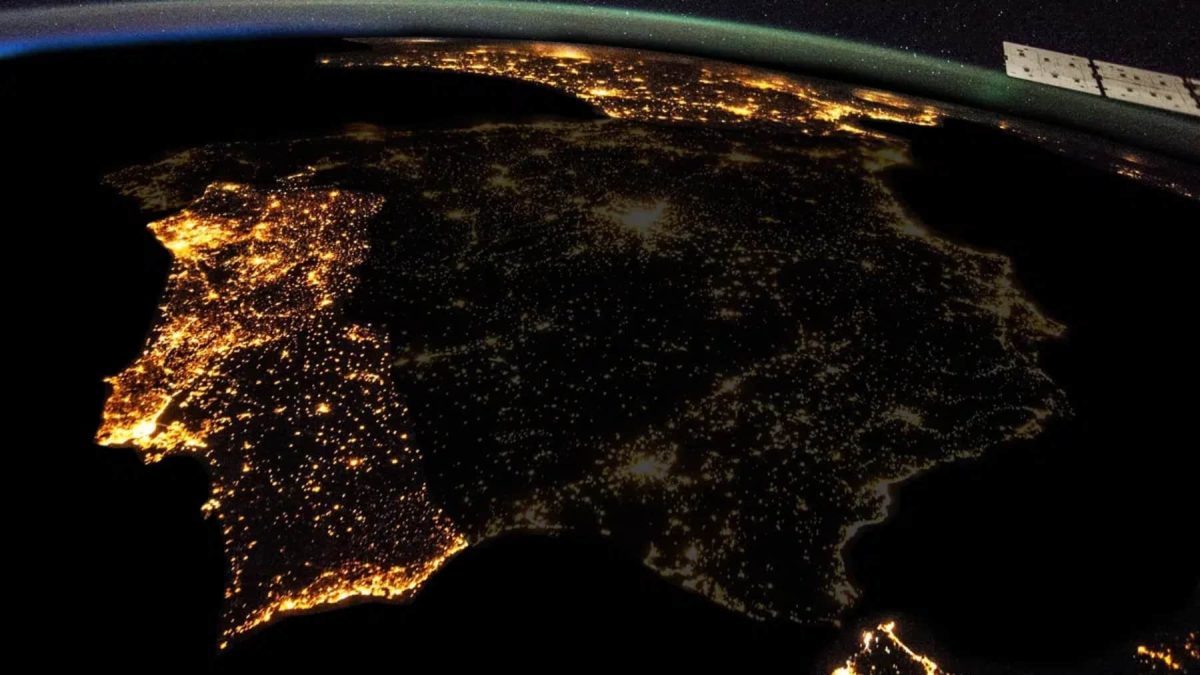Blackouts: How mathematical models allow for the design of more reliable networks
A project led by researchers from the Faculty of Engineering and Sciences at Adolfo Ibáñez University proposes abandoning the assumption of isolated failures to redesign electrical grids, assuming that lifestyle and climate changes anticipate a greater frequency of outages in our country.
On February 25, 2025, much of Chile was left without electricity. At 3:16 p.m., a fault in the transmission line between Vallenar and Coquimbo triggered a chain reaction that left 90% of the country without power. Transportation and payment systems, among others, quickly collapsed, followed later by telecommunications services.
Two months later, on April 28, Spain and Portugal experienced a similar event. A sudden oscillation in the European electrical system caused the simultaneous outage of more than 60% of the Spanish electricity supply and 98% of the Portuguese supply. As in Chile, various critical services were also interrupted.
These recent cases reveal a shared weakness: our electrical and communications networks are not designed to cope with multiple failures occurring simultaneously in the same area. In March 2023, the research project “Design of Reliable Networks in the Face of Correlated Failures” was launched by researchers from the Faculty of Engineering and Sciences at Adolfo Ibáñez University (UAI). Aware of this problem, they are exploring mathematical modeling tools to evaluate and design more reliable networks.
The project is funded by the National Research and Development Agency (ANID) and its Fondecyt Regular program. The research is led by Javiera Barrera, PhD in Mathematics and Engineering Sciences, an associate professor at the UAI Faculty of Engineering and Sciences, and includes the collaboration of Guido Lagos, co-investigator and assistant professor at the same university.
“The models used to design the first electrical and telecommunications networks were adequate for the requirements of another era. Energy sources were diverse. As for communications, they weren’t an essential part of the services. In that context, being prepared for isolated failures was sufficient. Traditional network reliability models assumed that failures occurred independently, as if each component of the network had the same probability of failing without affecting the rest. These models, based on simplified assumptions, allowed for the development of elegant mathematical tools that met the needs of those years,” explains Barrera.
Currently, the scenarios are different. On the one hand, as a society we have changed, and today we depend on electricity to remain active socially and professionally, so any interruption affects us all. We also depend on telecommunications networks to carry out transactions, record operations, and perform various administrative procedures. This leads us to require higher levels of reliability and service. On the other hand, climate change brings with it an increase in the frequency of certain extreme weather events that generate geographical failures. The growing need, for example in electromobility, necessitates redefining operating standards and rethinking how we expand electrical grids.
Javiera Barrera asserts that “mathematical models allow us to create a virtual laboratory where different scenarios can be tested. We can model a substation failure, ‘cut’ a transmission line, observe fiber optic cable cuts, or how a communications tower loses power, and see how the grid reacts. This way, weak points are identified, solutions are prioritized, and networks can be designed to function better under pressure. We seek to understand how each natural disaster affects the grid, and at the same time, we study more abstract models that allow us to easily capture different threats to estimate the reliability of a network design. This enables us to compare designs and choose the best one. The models don’t prevent disasters, but they do help to lessen their devastating effects by anticipating scenarios.”
Although Chile is a unique case due to its geography and exposure to natural hazards, this problem is not exclusive to the country. The models being developed in this project can be applied to electrical and telecommunications networks anywhere in the world, from rural areas in Latin America to large urban centers in Europe or Asia.
The researchers are working in collaboration with international experts, aiming to ensure that the mathematical models are not only rigorous but also useful for decision-makers, network operators, and planning authorities.
While the results of this research are not sufficient to solve the problem, they do constitute a good starting point. The researchers point out there are other aspects to address, including accurate network mapping. In fact, in Chile, Subtel only published a report on the national fiber optic network in 2018. This report shows that a large part of the national fiber optic network is aerial, with informal, missing, or damaged connections. The same report presents a series of measures to improve network resilience, several of which are already being implemented. On the other hand, we also need to understand the indirect costs of service interruptions in order to design mitigation and protection measures.
The UAI academic assures that the new mathematical models they are developing distinguish between typical failures, which are generally isolated, and geographical failures, which simultaneously affect several components in the same area. “Our research shows how to choose new network components and mitigation measures to reduce risk, just as is done in investments. In simple terms, we are looking for models that allow us to find network designs that would help reduce the demands of an extensive network,” Barrera concluded.

